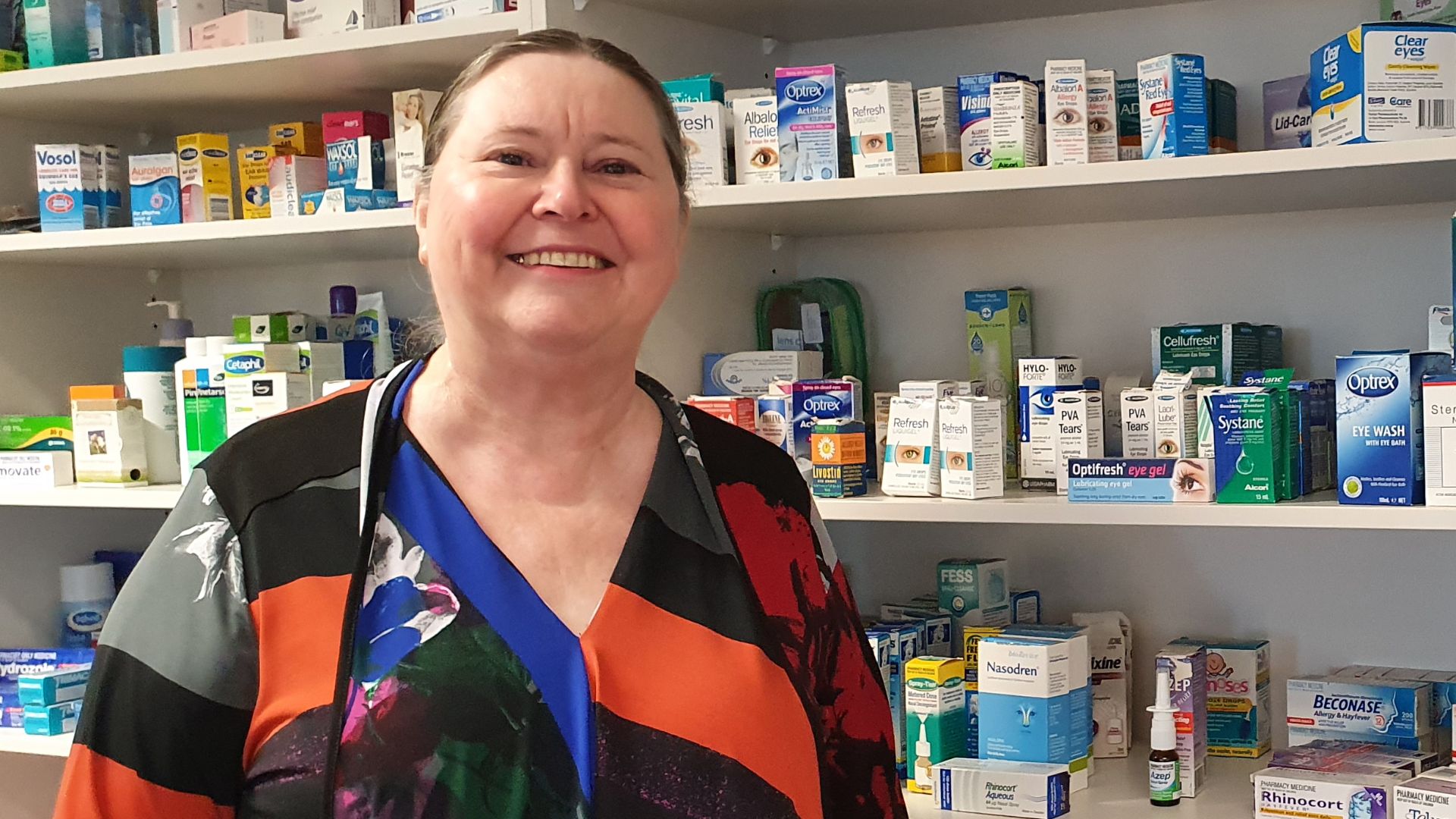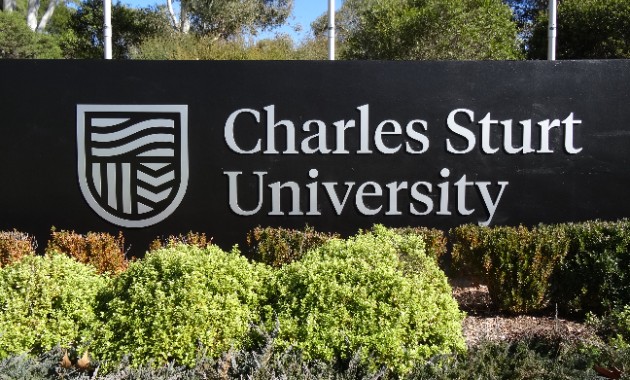- Charles Sturt pharmacy academic said the importance of pharmacists has been highlighted during the COVID-19 pandemic in the past 18 months
- She warns pharmacists numbers could reduce in regional and remote areas by 2027, exacerbating the country-city healthcare divide
- World Pharmacists Day on Saturday 25 September highlights the need for more young people to study and join the pharmacy profession
A Charles Sturt University pharmacy academic said pharmacists play a crucial role in the healthcare jigsaw.
Ahead of World Pharmacists Day on Saturday 25 September, Associate Professor in Pharmacy Practice in the Charles Sturt School of Dentistry and Medical Sciences Maree Donna Simpson said the role of pharmacists has been highlighted in the past 18 months.
Professor Simpson said general practitioners, dietitians, exercise physiologists, occupational therapists, podiatrists, physiotherapists, disease state educators and pharmacists work cohesively to provide healthcare to rural and regional residents.
All have adapted during the COVID-19 pandemic to keep disruptions to healthcare to a minimum.
“The situation for pharmacy at the moment is critical and at the same time, an opportunity,” she said.
“Because we work as a multi-disciplinary team with inter-professional practice, our communities benefit from access to the full range of health professions’ capabilities, as each one has a role that benefits the others. If one piece is missing, it’s a concern.”
Healthcare providers have struggled to keep up with the extra demand placed on the system by COVID-19, such as increased patient admissions to hospitals and administering vaccines.
Professor Simpson said pharmacists were no different and have been required to step up during the country’s time of need.
Pharmacists were initially providing influenza vaccines to reduce the risk of an unvaccinated person contracting both seasonal influenza and COVID-19.
An important component of vaccine administration by any provider is reporting vaccinations to the Australian Immunisation Register (AIR). A 2020 study by the National Centre for Immunisation Research and Surveillance (NCIRS) revealed that between 2016 and 2019, there were 576,780 pharmacist vaccinations recorded in AIR.
Later, as the pandemic case numbers increased, pharmacist vaccinators also provided COVID-19 vaccine coverage in their communities.
There were initially 118 community pharmacies vaccinating, which increased to more than 470 community pharmacies by the end of July 2021. From August 2021, 3,900 community pharmacies joined the COVID-19 vaccine rollout, with 1,262 of those from regional, rural and remote areas.
Professor Simpson said pharmacists did not just help with vaccinations. They stayed open throughout the pandemic to meet communities’ need for timely access to medicines and other supplies and provide information and assurance.
Demand for pharmacists increased by almost 200 per cent in 2019 to 2020 and then remained higher due to the pandemic.
But Professor Simpson said this could be leading to danger if estimated figures from the Pharmaceutical Society of Australia’s ‘Medicine Safety: Rural and Remote Care’ report come to fruition.
The report states that there could be as few as 52 pharmacists per 100,000 people in regional and remote areas by 2027, compared to an estimated 113 per 100,000 people in major cities.
“The estimated shortage of health professionals has implications for the health of our communities, even when they all work long hours, work collaboratively and use technology and telehealth to assist in basic diagnosis and patient education,” Professor Simpson said.
“The implications are that there could be extreme challenges for patients in rural and remote Australia having access to healthcare. People may have to wait longer and the same amount of services might not be available.
“The repercussion of this is that people in rural and remote areas could experience a greater burden of disease and have poorer health outcomes.”
The first intake of Charles Sturt University pharmacy students started in 1997. The program expanded, with students graduating in Wagga Wagga from 2000 and in Orange from 2008.
Professor Simpson said this year’s World Pharmacists Day theme of ‘Pharmacy: Always trusted for your health’ highlights the many ways pharmacists improve public health in addition to dispensing medicines and providing management for minor ailments.
“Access to healthcare professionals and medication is a fundamental right and I’m proud of Charles Sturt University’s commitment to providing healthcare professionals for its campus communities and beyond,” Professor Simpson said.
“For World Pharmacists Day, my wish would be to see more young people studying and joining the pharmacy profession.”






Social
Explore the world of social